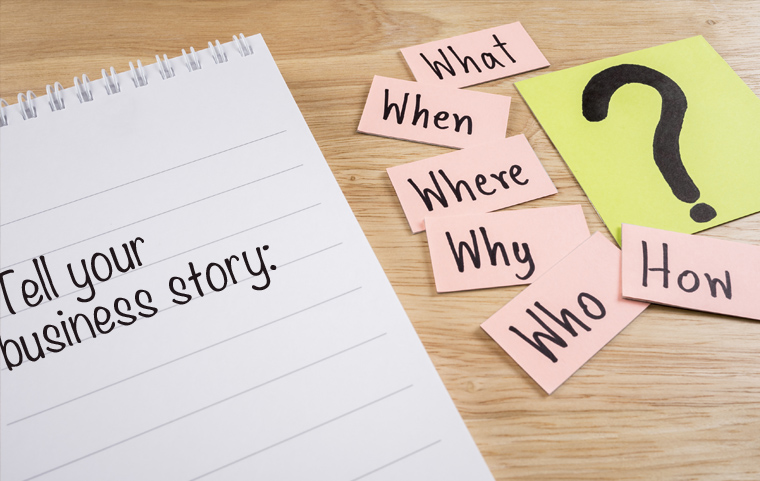Building a Multi-Channel Engagement Strategy
Hey guys,
Welcome back to Founder Mode!
Today, I’d like to share my recent thoughts on multi-channel engagement. It might seem like a buzzword, but if done right, it really connects you with customers.
In today’s world, people are everywhere—on email, SMS, voice calls, chat, social media—you name it. If you only show up on one channel, you’re missing opportunities. A strong strategy for multiple channels isn’t just about sending messages everywhere. Be steady, wise, and friendly when you work with customers.
Here’s how I think about it.
Start with a Unified Strategy
Before diving into all the channels, I ask myself: What’s the story we want to tell our customers? I make sure each channel tells that story in the same way.
Customers need to have the same experience, whether they use email, SMS, or call us. Each medium just adapts the message.
Leverage AI to Streamline Interactions
I’ve found AI can be a huge time-saver here. AI tools help answer common questions faster. They also suggest next steps and route requests to the right team member. This makes it easy to communicate quickly. You can use email, chat, voice, or video.
It’s not about replacing people. It’s about helping your team focus on important tasks that need human judgment. Meanwhile, AI handles the routine tasks.
Some of the tools our team has used to make this work:
1. Chat & Conversational AI
- ChatGPT, Claude, Grok, Perplexity, Google Gemini: Can answer FAQs, generate customer-friendly messages, summarize threads, and suggest next steps. More complex flows (typically via API) can handle voice AI, chat, or conversational automation. Can respond across multiple channels (even recall context from SMS to voice, for example)
2. Code / Automation
- Cursor, GitHub Copilot: Automate repetitive tasks in development. Create scripts or automations for customer workflows.
3. Content & Knowledge Management
- Notion AI(early), Notebook LM: Centralize knowledge. Summarize content. Provide searchable resources for questions across our internal content.
4. Writing & Communication Enhancement
- Grammarly, Hemingway: I love using these tools to make reading easier. All messaging channels, and especially this newsletter, should be straightforward, fun, and easy to read. When possible, I target a reading level of 8th grade or lower. Reading on the internet can lower your IQ, especially when you're distracted. I try to make it easy to capture what's being written.
5. Voice & Meeting Tools
- Zoom, Riverside.fm, Fireflies.ai, Loom, Rewind: Record, transcribe, summarize meetings or calls. AI can extract follow-ups and key insights. Riverside has been great for solo note-taking that can be reused for content, whether it is video, audio, or text.
6. CRM & Misc tools
7. Creative/Media AI
- Adobe AI, CreatorBuddy: Design bold visuals or quick viral social text - speeds up creative tasks for all channels.
Combining AI with human skills gives us the best of both worlds. We get quicker responses, fewer errors, and more time for key talks. Most all of these tools we have a Loom video to document the best practice to many team members are cross trained on how we use it and the prompts/templates we use most often.
Meet Customers Where They Are
People have their own ways of communicating. It's simple, but often overlooked. Some respond better to text, others want a quick call, and some stick to email.
When you offer customers several ways to get in touch, it shows you value their needs and choices. It builds trust and loyalty.
Flexible Pricing for Different Needs
Not every customer needs all channels. Some want just email; others want SMS, chat, and voice support. It's a smart business move. You can scale your engagement strategy as your customer base grows.
Measure, Learn, Iterate
Finally, always track engagement metrics across channels. Which channels drive the best results? Where are customers dropping off?
Use this data to tweak your strategy. Multi-channel engagement isn’t a one-time task. It’s a process that requires ongoing learning.
5 Key Takeaways
- A unified strategy ensures consistent messaging across all channels.
- AI manages routine tasks, so your team can focus on deeper connections.
- Meet customers where they are to build trust and loyalty.
- Utilize a tiered approach to cater to customer needs and expand your business.
- Examine the results, draw insights, and make adjustments. Multi-channel engagement is always active.
Final Thoughts
Creating a multi-channel strategy goes beyond technology. It’s rooted in focusing on the customer. Engaging in key areas can boost relationships and help your business grow.
Choose one channel you aren’t using much. Then, think about how to add it to your strategy. It might just unlock new opportunities you didn’t expect.
Keep building.
See you on Friday,
-kevin
Recent Social Posts
Recent Podcasts

Catch up on past emails here.
2810 N Church St #87205, Wilmington, DE 19802
Unsubscribe · Preferences





